
Earlier this month Norway doubled its humanitarian and military for Ukraine to nearly €7.5 billion, thereby almost doubling it. In a rare instance of unity, all nine Norwegian political parties in the Parliament agreed to it.
Norwegian firm Kongsberg Defence & Aerospace is also establishing a joint venture with Ukrainian companies to produce NASAMS air defense system missiles in Ukraine, according to Eirik Lie (Kongsberg Defence & Aerospace President):
“We are talking about the mass production of missiles, meaning hundreds. We are looking at establishing joint ventures within months.”
Earlier this year, Rustem Umerov (the Ukrainian Defense Minister) announced the possibility of integrating his country’s air defense systems with NASAMS. NASAMS, the Norwegian Advanced Surface-to-Air Missile System is a short to medium-range ground-based air defense system used against helicopters, unmaned combat aerial vehicles, and aircraft.
Norway’s Prime Minister Jonas Gahr Støre defended the move as needed during what he describes as “the most serious security policy situation since World War II”, but at the same time, stressed that oversight mechanisms are needed for the aid package – such budget-impacting decisions are always sensitive, and Ukraine’s corruption problem is well-known.
Even Alina Hrytsenko, international relations specialist writing for EuroMaidan press asks “Why would Norway – a wealthy, stable Nordic nation – commit an extraordinary $7.83 billion to Ukraine’s defense?” The answer, according to her, has to do with the Arctic. All I would add it has a lot to do with NATO’s expansion.
As I wrote before, with the accession of Sweden and Finland, NATO’s territorial reach has been extended all the way to the eastern flank of the Russian Arctic (the Bering strait), thus making Russia the only non-NATO member state in the Arctic. I’ve been writing about rising geopolitical tensions in the Arctic since 2021.
Finland and Estonia have been planning to blockade the Gulf of Finland against Russian shipping, and NATO activity in the Baltic Sea is on the rise. Moreover, Biden’s territorial claims all the way from the Gulf of Mexico to the Arctic, and, more recently, Trump’s threats pertaining to Greenland – all fit into this same agenda that has a lot to do with minerals, and also navigation (this being an extremely strategic region) as well as with “containing” Russia.
Norway’s decision to supply Ukraine with combat-ready weapons marks a significant escalation in its foreign policy, aligning it firmly with NATO’s broader geopolitical agenda of expanding and “encircling” Russia. This shift, ostensibly framed as humanitarian support for a nation under siege, warrants a critical examination. Norway’s policy reflects its entanglement in NATO’s expansionist ambitions, thereby fueling a proxy American attrition war against Moscow – even while America itself is retreating from the Eastern European theater.
The Ukrainian conflict, now in its third year, has been cynically leveraged by the United States and its allies as an attrition war against Moscow, with Norway’s contributions amplifying the risks of broader confrontation.
Since February 2022, Norway has progressively ramped up its military assistance. Initially cautious, Oslo has transitioned from providing non-lethal aid to delivering sophisticated weaponry, including artillery systems, anti-tank missiles, and now with talks about advanced air defense systems.
This pivot mirrors US-led NATO’s collective strategy, where member states are pressured to bolster Ukraine’s war effort under the guise of defending democratic values. Yet, this narrative obscures a more troubling reality: Ukraine has become a battleground for a protracted war of attrition, orchestrated by Washington in an attempt to exhaust Moscow’s resources.
The Ukrainian conflict’s roots lie partly in NATO’s relentless eastward expansion, a process that has long provoked Russian security concerns. Despite assurances in the early 1990s that NATO would not encroach beyond a reunified Germany, the alliance has absorbed former Soviet states and Warsaw Pact members, inching closer to Russia’s borders.
Ukraine, though not a formal NATO member, has been courted as a strategic partner, with promises of eventual membership dangled as a carrot (this being one of the causes of the ongoing conflict). This expansionist zeal, driven by American geopolitical interests, has in fact destabilized the region, thereby culminating in the current war. Norway, a founding NATO member, has thus been drawn into this dynamic, abandoning its historical preference for restraint in favor of active participation.
NATO’s growth heightens tensions, particularly in sensitive regions like the Arctic, where Norway shares a border with Russia. By arming Ukraine, Norway not only supports this encirclement strategy but also risks inflaming its own backyard, where Russian military presence has historically been a counterbalance to NATO’s northern flank.
The notion of Ukraine as a proxy war is not mere conjecture. The United States has poured billions into Ukraine’s military, dwarfing contributions from European allies like Norway. This imbalance suggests a deliberate American strategy: trying to bleed Russia dry without committing U.S. troops, and using Ukraine as a disposable pawn.
Norway’s weapons shipments—while significant for a nation of its size—fit into this broader design. Each missile or artillery piece sent to Kyiv prolongs the conflict, aiming to grind down Russian forces while simultaneously depleting Ukraine’s own human and material reserves. This war of attrition benefits Washington’s long-term goal of weakening a rival power (not to mention the American defense sector), but it leaves Ukraine a shattered state and Europe, including Norway, exposed to the fallout.
Adding to this quagmire, Trump has signaled a shift in policy, bent on offloading the “burden” of Ukraine onto Europe as the U.S. pivots its strategic focus to the Pacific to counter China. This maneuver threatens to ensnare Europe in a trap akin to America’s Vietnam—a prolonged, unwinnable conflict that drains resources and resolve.
Norway and its European neighbors, already stretched by economic pressures and domestic discontent, risk inheriting a war they cannot sustain. As the U.S. steps back, Europe could find itself mired in a grinding stalemate, with Ukraine as its albatross, while Russia’s resilience ensures no clear victory. This shift not only exposes NATO’s internal fractures but could also turn Europe into the primary theater of a conflict it did not ignite, thereby increasing the risk of a nuclear war also.
Moreover, Norway’s policy raises practical concerns. Combat-ready weapons, once delivered, are difficult to track, risking diversion to illicit actors—a problem NATO has struggled to address in past interventions. In addition, by escalating its role, Norway inevitably invites Russian retaliation, whether through economic pressure, or military posturing along their shared Arctic frontier.
Moscow has already signaled its displeasure, with increased naval activity near Norwegian waters and rhetoric framing NATO’s actions as existential threats. Norway’s leaders seem undeterred, perhaps emboldened by NATO’s collective defense pact, but this reliance on alliance solidarity assumes a unity that has frayed under the strain of the Ukraine crisis.
To sum it up, Norway’s large-scale assistance to Ukraine is a symptom of NATO’s broader failures. It entrenches a proxy attrition war that serves American interests at the expense of Ukrainian lives and European security.
*
Click the share button below to email/forward this article. Follow us on Instagram and X and subscribe to our Telegram Channel. Feel free to repost Global Research articles with proper attribution.
This article was originally published on InfoBrics.
Uriel Araujo, PhD, is an anthropology researcher with a focus on international and ethnic conflicts. He is a regular contributor to Global Research.
Featured image: The Norwegian military operates a NASAMS system. Photo is licensed under CC
Global Research is a reader-funded media. We do not accept any funding from corporations or governments. Help us stay afloat. Click the image below to make a one-time or recurring donation.
Counter Information publish all articles following the Creative Commons rule creative commons. If you don't want your article to appear in this blog email me and I will remove it asap.







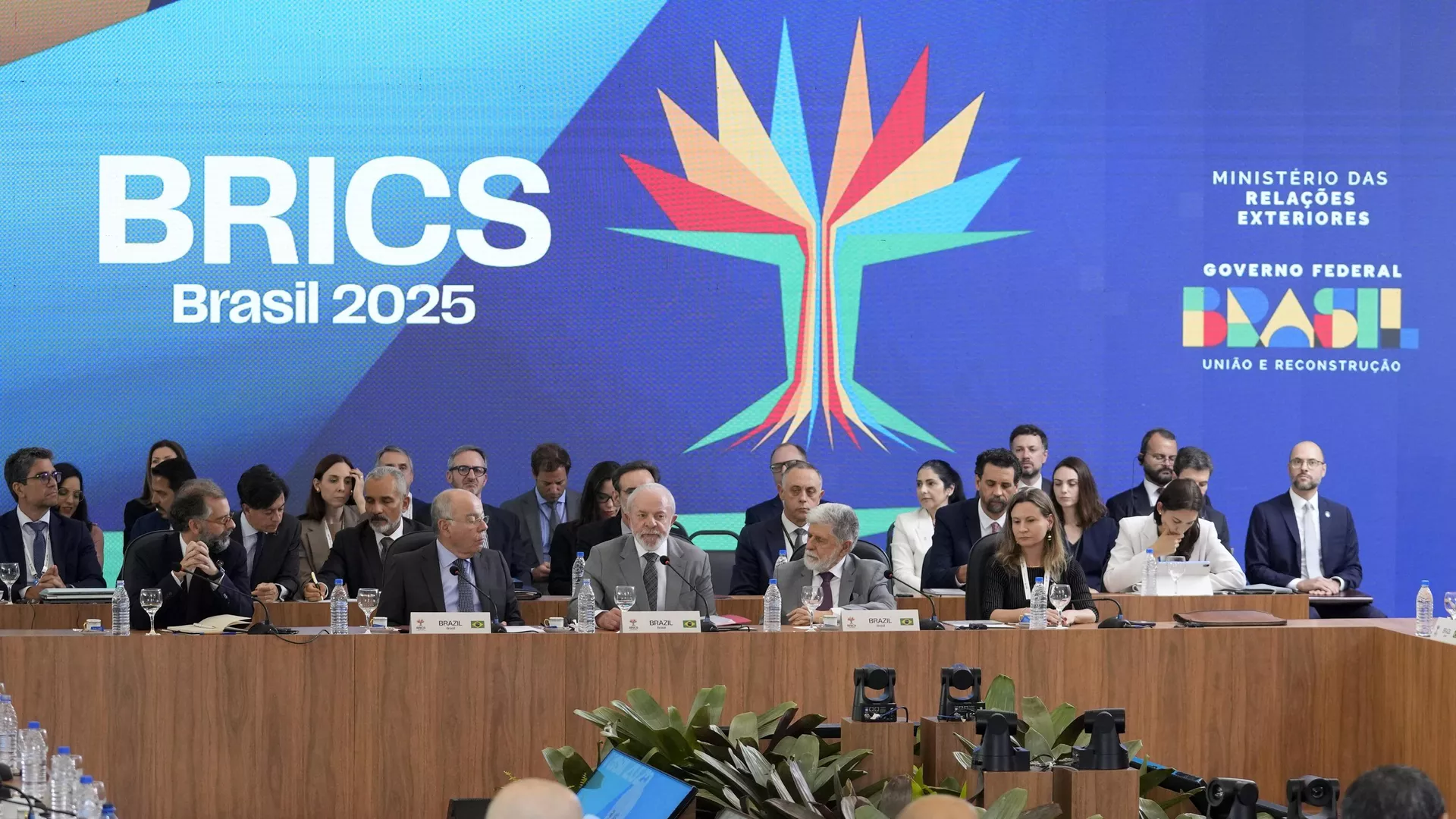
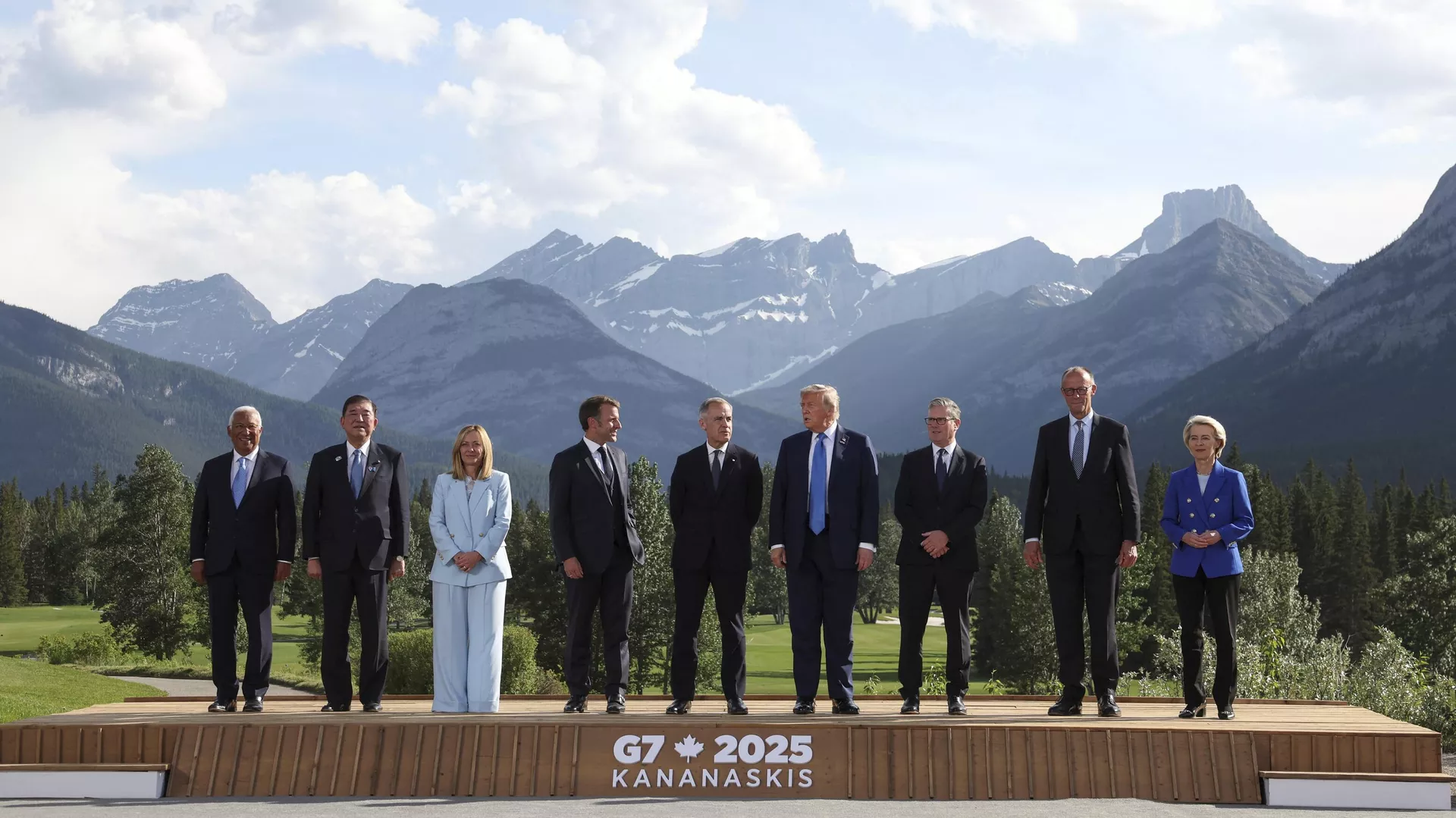
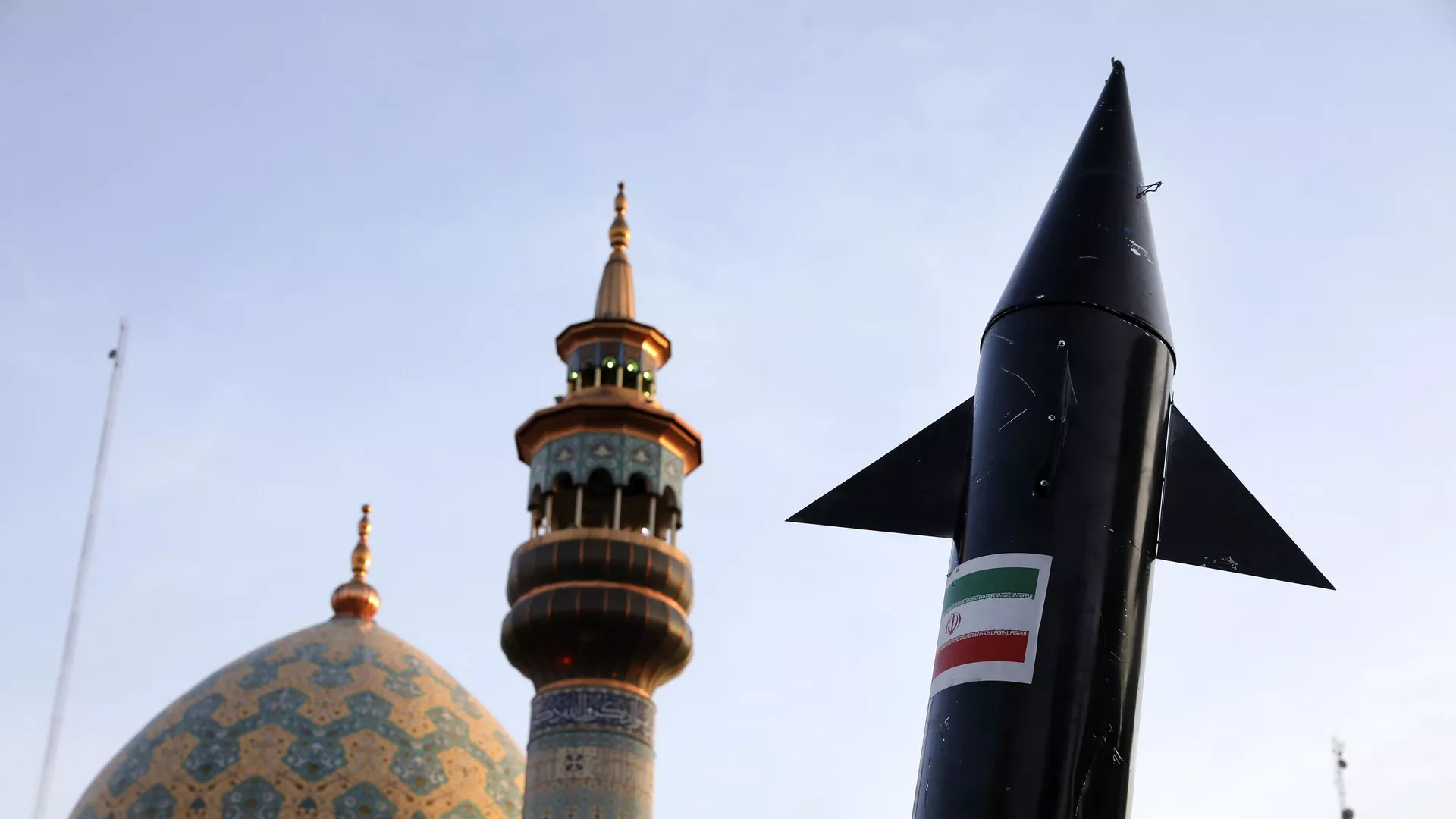
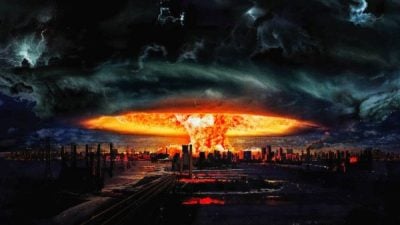


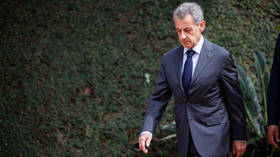
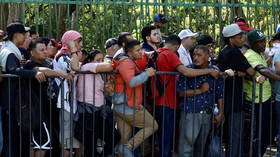
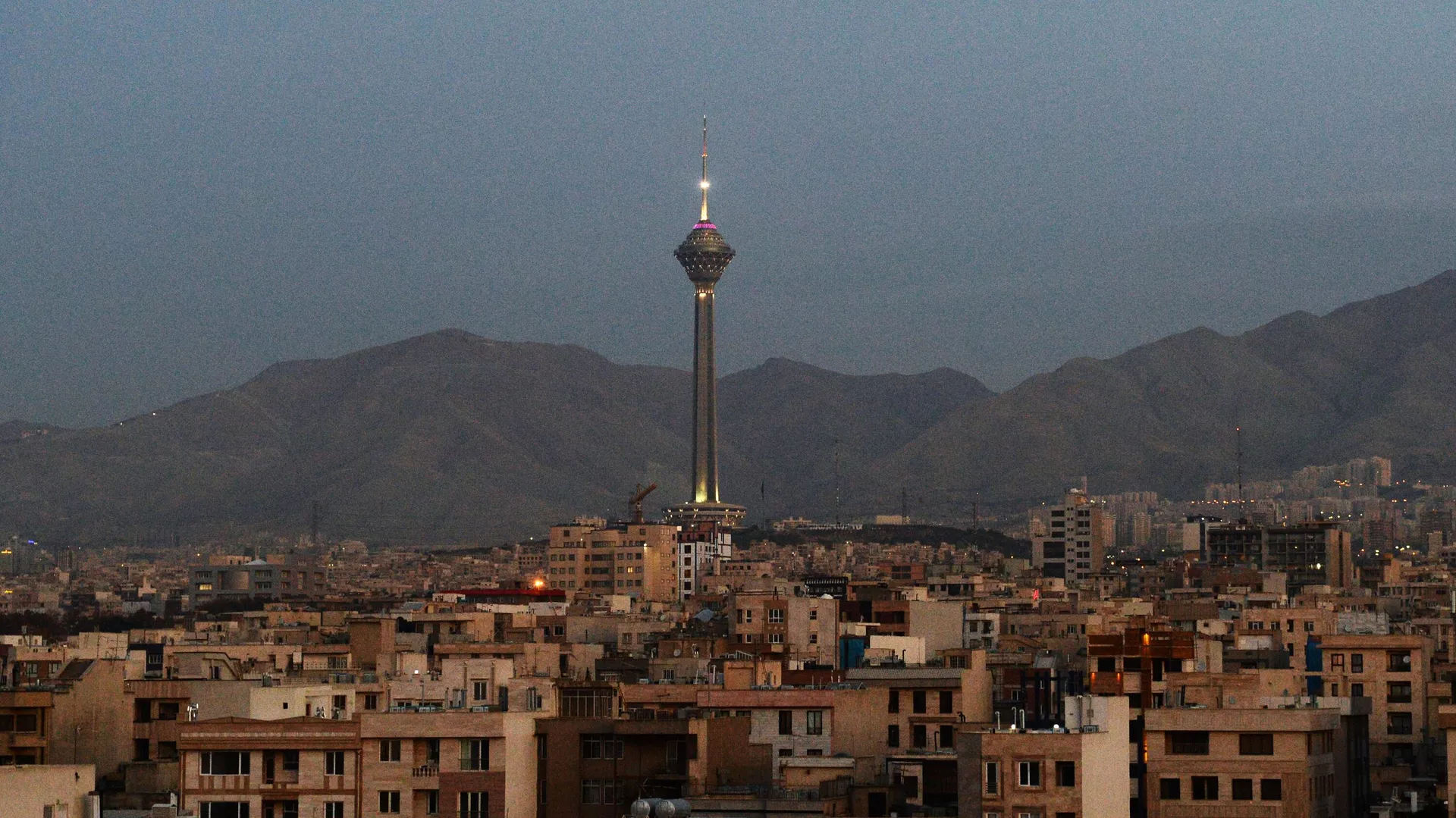
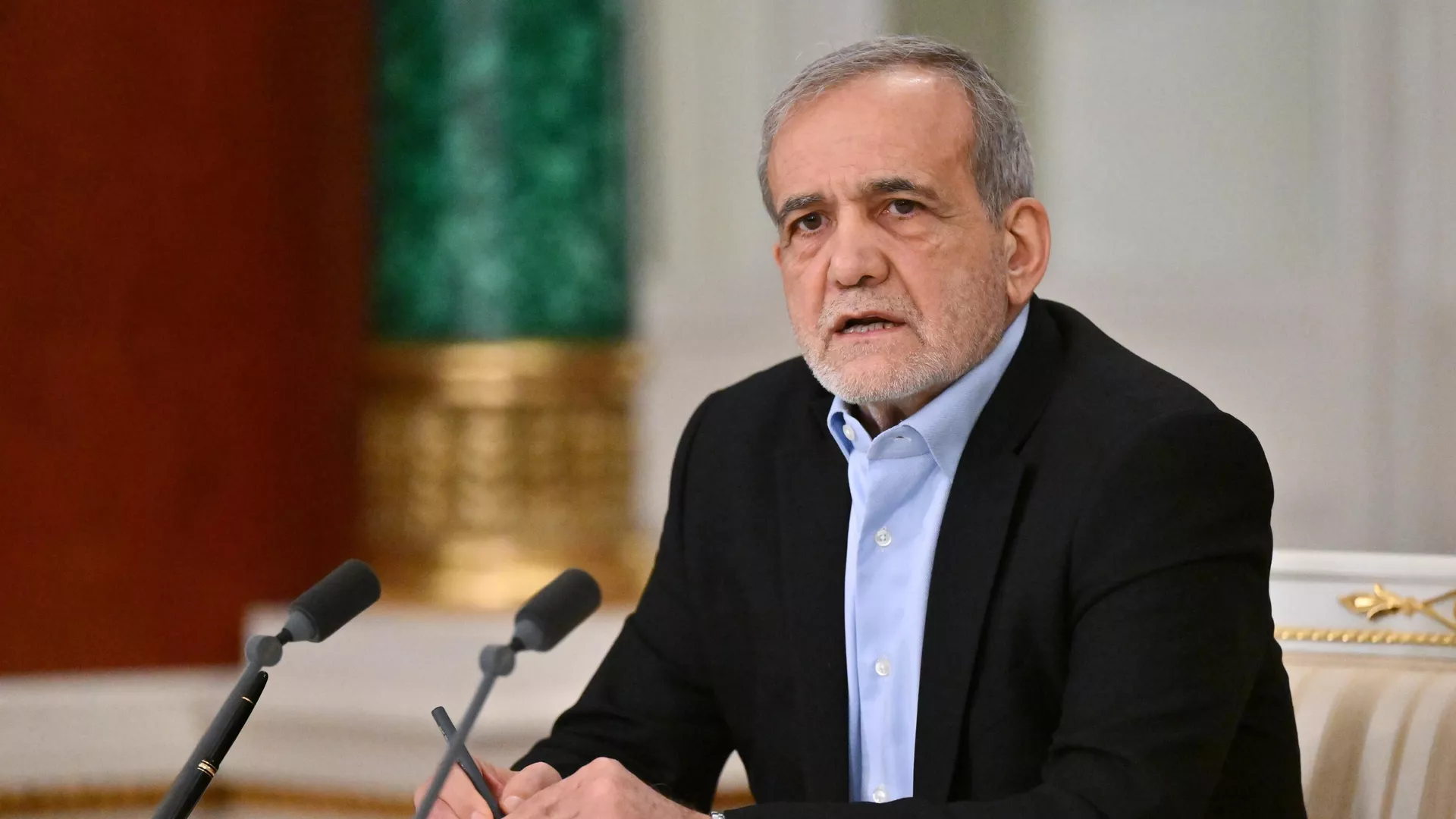
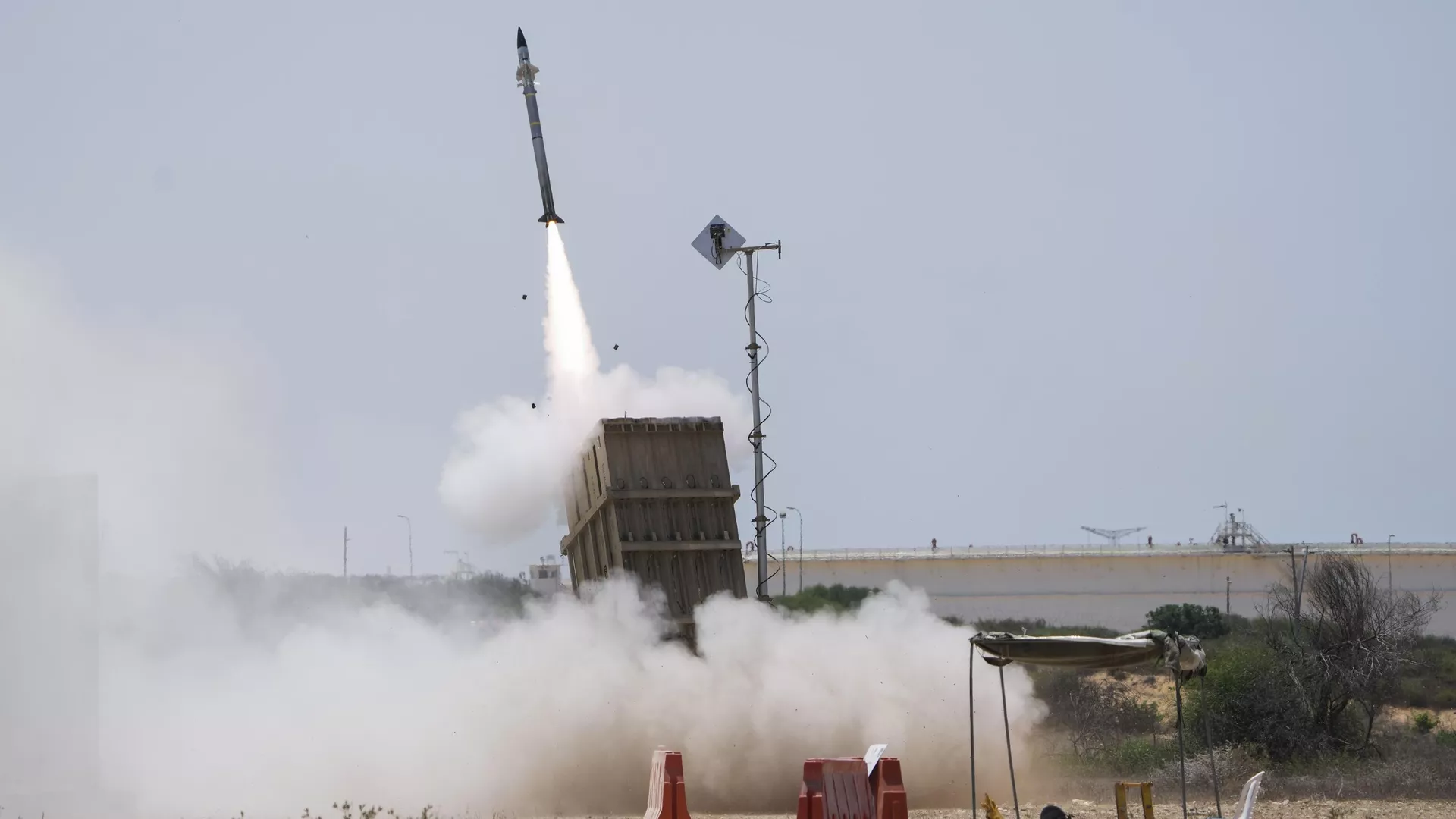
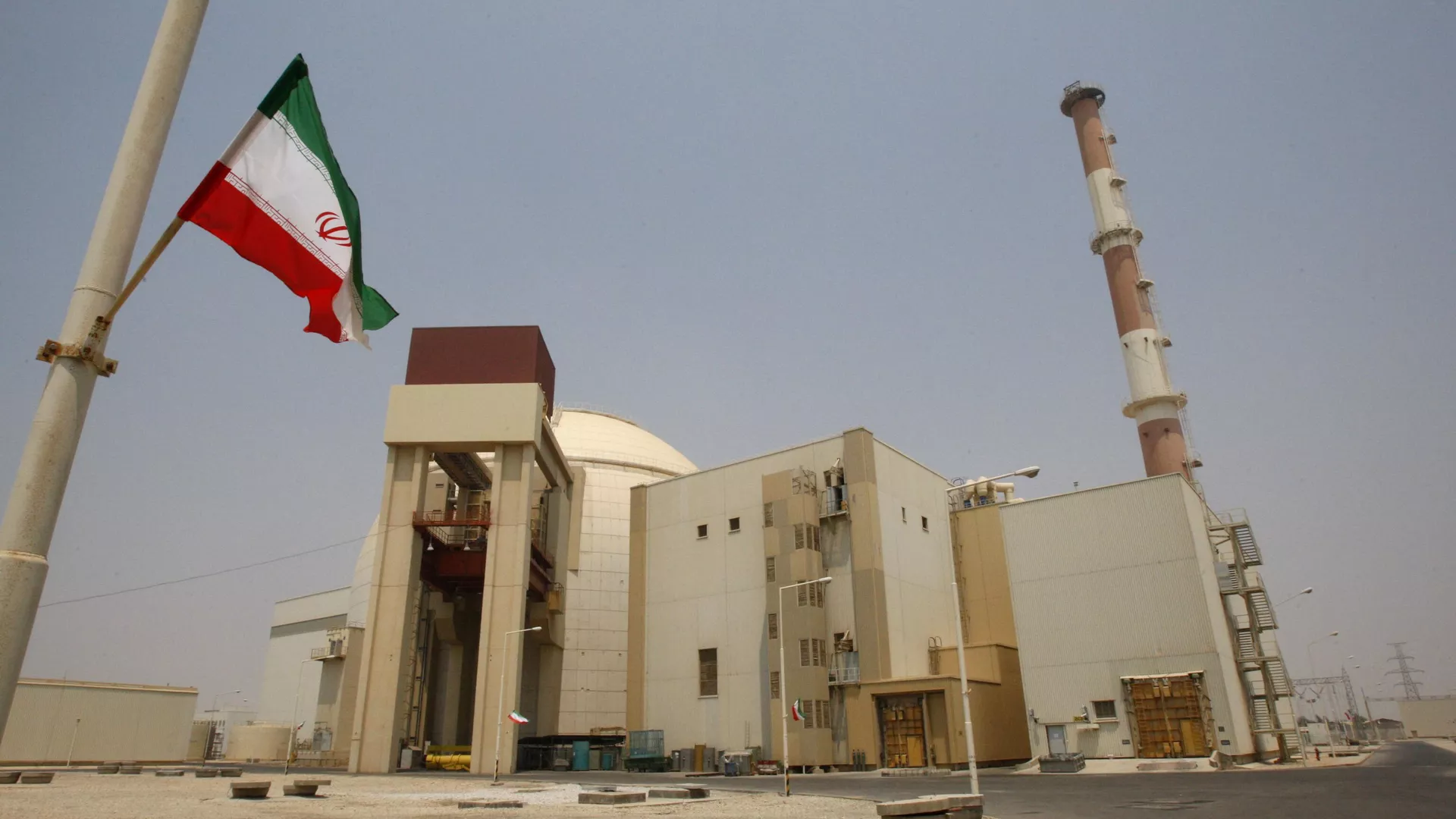

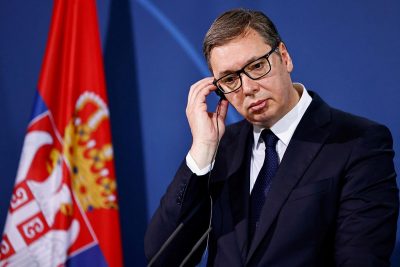




















No comments:
Post a Comment